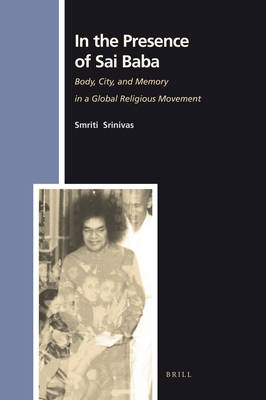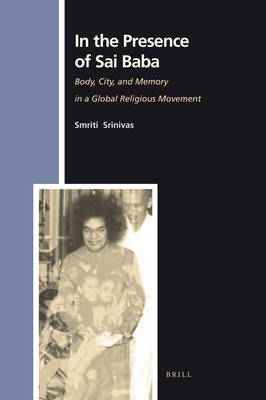
- Afhalen na 1 uur in een winkel met voorraad
- Gratis thuislevering in België vanaf € 30
- Ruim aanbod met 7 miljoen producten
- Afhalen na 1 uur in een winkel met voorraad
- Gratis thuislevering in België vanaf € 30
- Ruim aanbod met 7 miljoen producten
Zoeken
€ 322,45
+ 644 punten
Omschrijving
The Sai Baba movement, centered on the Indian guru Sathya Sai Baba (b. 1926), today attracts a global following from Japan to South Africa. Regarded as a divine incarnation, Sathya Sai Baba traces his genealogy to Shirdi Sai Baba (d. 1918), a mendicant in colonial India identified with various Sufi and devotional genealogies. The movement, thus, has "roots" in Shirdi Sai Baba but as it globalizes, it has developed conjunctions with other religious traditions, New Religious movements, and New Age ideas. This book offers an account of the Sai Baba movement as a pathway for charting the varied cartographies, sensory formations, and cultural memories implicated in urbanization and globalization. It traverses the terrain between social theories for the study of religion and cities ---themselves a product of modernity---and the radical, creative, and unexpected modernity of contemporary religious movements. It is based on ethnographic research carried out in India, Kenya, and the US.
Specificaties
Betrokkenen
- Auteur(s):
- Uitgeverij:
Inhoud
- Aantal bladzijden:
- 403
- Taal:
- Engels
- Reeks:
- Reeksnummer:
- nr. 118
Eigenschappen
- Productcode (EAN):
- 9789004165434
- Verschijningsdatum:
- 25/02/2008
- Uitvoering:
- Hardcover
- Formaat:
- Genaaid
- Afmetingen:
- 167 mm x 244 mm
- Gewicht:
- 825 g

Alleen bij Standaard Boekhandel
+ 644 punten op je klantenkaart van Standaard Boekhandel
Beoordelingen
We publiceren alleen reviews die voldoen aan de voorwaarden voor reviews. Bekijk onze voorwaarden voor reviews.








